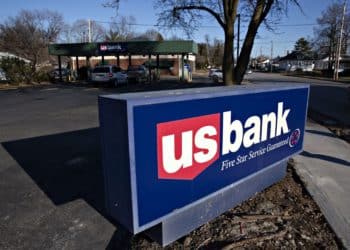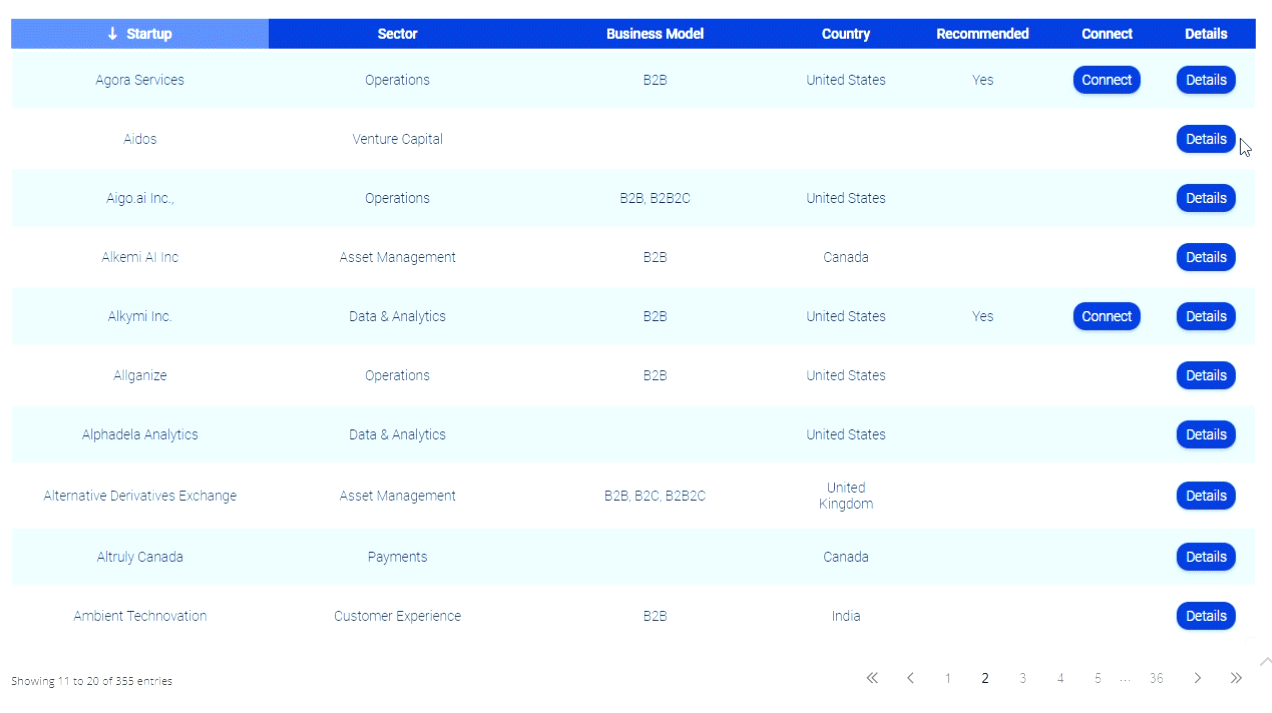Cardlytics Has 33 Million Active Users at 400 Banks
 Atlanta-based rewards company Cardlytics now counts 33 million active users at 400 financial institutions.
Atlanta-based rewards company Cardlytics now counts 33 million active users at 400 financial institutions.
“Scale matters,” SVP of marketing Kasey Byrne told Bank Innovation.
The company also shared its product development plans with Bank Innovation, and those plans are notable.
In September 2012, the company had 320 bank clients, so it’s added around 80 bank clients in eight months, or 10 banks a month.
It also counted 75 million active users at that time, according to Rod Witmond, senior vice president of product management and marketing. That count suggests Cardlytics has adjusted its metrics for counting active users. This number should be 75 million U.S. households the system reaches, according to the company.
Cardlytics works like this: from a customer’s online or mobile banking environment, either on the transactions page or on the dedicated rewards center, offers appear. These offers are keyed off of actual transactions.
For example, if a banking customer has transactions from Coffee Company A, Coffee Company B can place an offer on that transaction line or in the rewards center offering a free coffee at their restaurant. The customer opts in to the deal — and Cardlytics claims a strikingly high 15% click-through rate on offers — and then it is loaded onto his card. When he makes a purchase at Coffee Company B, he does not need to say anything or refer to the deal. He just makes his purchase, and within 30 days, he is reimbursed by his bank. Many factors can affect the time for the reward to come through, but it depends mainly on the retailer’s bank and the customer’s bank.
Cardlytics charges a fee to the retailer, which it splits with the customer’s bank. Only 1.5% of bank customers, Byrne said, choose to opt out of seeing these offers. In September 2012 the company told us that this rate was approximately 1.6%.
“Early on the company had a strong bank focus,” Byrne said. The sales team, which numbers some 60-70 people, is now concentrating on signing up retailers. With 400 banks — including Bank of America, whose BankAmeriDeals is a Cardlytics program, as well as PNC Bank and Regions Bank — it’s now time to get the retailers to buy in.
Sound familiar? Mobile wallet issuers, where loyalty and rewards also play a large part and where quick-service restaurants that customers visit frequently are also important, face a similar challenge.
ADVANTAGE OVER MOBILE WALLETS
Cardlytics has the advantage over mobile wallet issuers of not needing to change anything at the point of sale or with customer behavior, Byrne said. Everyone uses cards, and Byrne said the company sees customers being tied to the debit card for some time. Cardlytics also works with credit cards and prepaid cards, but customers tend to pay less attention to their credit cards online, which they simply visit once a month to pay.
Byrne made the point that frequency of visits should not be confused with loyalty. A customer may be intensely loyal but only visit a retailer once a month, while a “bigger category user” might visit Coffee Company A twice a week but stop going as soon as it is no longer convenient.
With its access to bank information, Cardlytics also has “whole-wallet analytics” that it can offer to retailers, which typically only know what customers do at their stores. Cardlytics data can give them insight into what the customer does before and after he visits their store.
For now, Cardlytics is focused on national retailers that can move the needle in terms of offers that will generate significant sales. “We’re targeting a 4-to-1 return on spend for the retailer,” Byrne said.
Cardlytics is also planning to expand to Europe, where the laws will force its program to be opt-in rather than opt-out, due to banking laws in the European Union. It also plans to make greater use of the data currently in its stores, and by “greater use” Cardlytics is presumed to mean more products and services.











